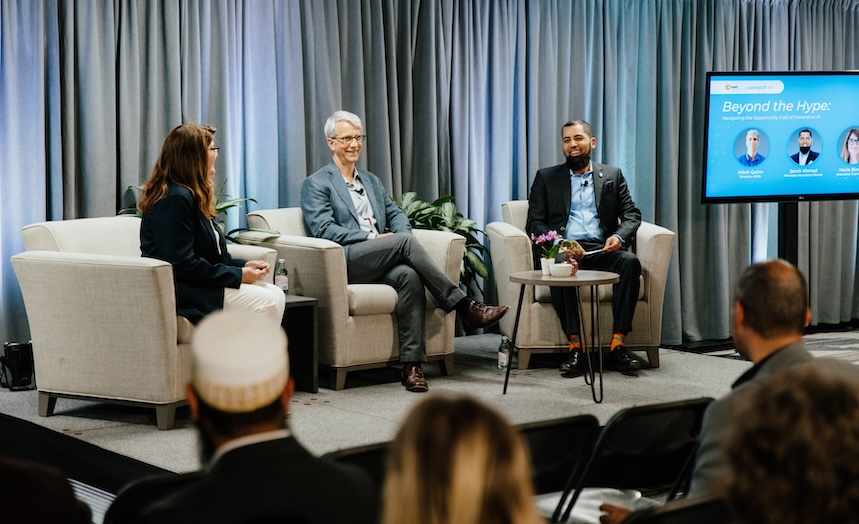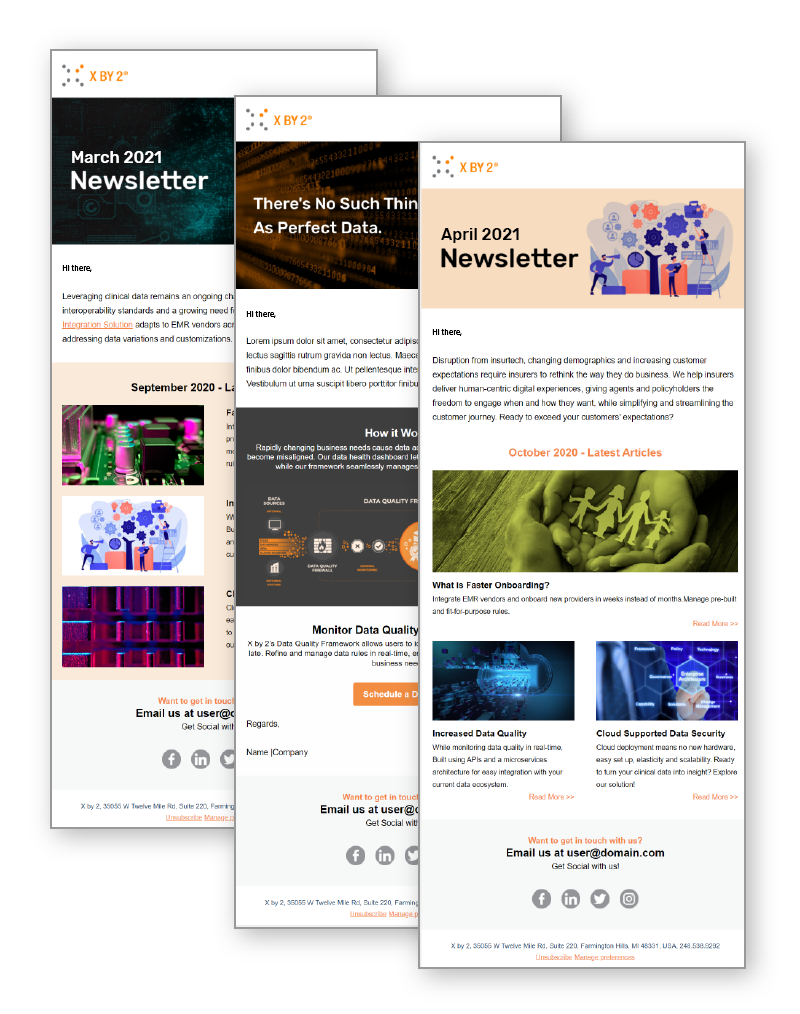For technology employers, the recruiting game is fierce, especially for smaller firms that compete with industry giants such as IBM, Google, Amazon, Microsoft, Accenture and Cisco. How do smaller contenders take on this ever-growing challenge to attract and retain technical talent? To be successful, it’s essential to focus the talent recruiting message on what makes one’s firm different, including what a technically talented person might get from a smaller firm that they may not get elsewhere.
To reach the right technical talent in the current ultra-competitive recruiting landscape, it’s more important than ever to simplify the need, focus and messaging. And that simplification begins with clearly identifying the necessary talent. Even in this ambitious talent environment, the fact is that technical talent is available, but there is a wide range across a talent continuum. From individuals “falling” into a software development career to those that completed a short course such as a coding boot camp, to everything in between—there is talent available in varying degrees.
For many smaller firms, however, the goal is finding and hiring the tech all-stars as a long-term fit. Those are the people that not only have the core fundamentals but also have the passion for the technology industry. Nearly everyone can learn to code at a simplistic level, but not everyone can develop into true problem solvers and change leaders.
To find the change leaders, it’s vital to regularly listen to the shifts in the talent market and adapt accordingly. Part of this practice is the understanding that different generations have different work and life experiences, and therefore place value on various aspects of their work-life. The only thing constant in life is change, and that concept also has a hand in recruiting. It’s important to stay in touch with all ideas – old and new – from wherever they originate.
It’s also important to routinely ask the following questions: what is technical talent looking for and what does the company want/need/expect from technical talent? Those answers evolve over time but at their core they are the same for both parties from a career growth standpoint—a mastery of technology fundamentals, a long-term drive for career advancement with the opportunity to achieve it, and the ability to continuously learn by leveraging different experiences and related knowledge to problem solve and produce results. When companies fail to provide growth and challenges for technical talent, their skills and passion go to waste. Likewise, when technical talent fails to perform as expected within the context of company expectations, the company’s potential and vision are disadvantaged. Finding balance is key.
Another truism is that the technical talent pool is easy enough to find but difficult to recruit and hire as long-term fits. That’s where the real work starts. Time is of the essence when it comes to recruiting. A recruiter’s speed for initial interaction with the candidate to schedule an activity (virtual or in-person) is crucial to stay competitive. If possible, in-person interactions such as an on-site interview or lunch meet-up are preferred but not always possible in a designated time. To accommodate, it’s important to stay flexible and adapt – life happens, therefore, both parties must remain flexible throughout the recruiting process to create a positive candidate experience. This aspect of the recruiting process cannot be overstated. Gone are the days when employers had their pick of a surplus of technical talent and could afford to be off-putting and disengaged in the recruiting process. And while each new hire is a critical hire for a small firm—requiring careful vetting and assessment—it’s as crucial for the company to begin selling itself to the candidate as soon as the candidate reaches the exploratory stages.
That selling begins with a simple orientation adjustment: the candidate is now the customer. Tech companies need to be open to change and fully understand what makes their organization unique or a place that others would want to work to entice and retain the best candidates for their environment. With the customer mindset in place, new approaches include not only highlighting “what” a company does but also “who” are the people that make up the company.
There are a lot of trendy job boards and other social channels to begin to highlight the company culture that goes beyond a simple generic description of a company. However, the real “customer service” for a candidate starts when a picture is painted for them via photos, videos and other organic views of the company that allows a candidate to envision themselves working at the company. That experience is continued by hearing reviews or talking to current employees so that the candidate feels like they get an unbiased, unfiltered description of what it’s like to work at a company versus the marketing lingo typically found on job posting sites.
All these activities are geared toward creating and continuing dialogue with a candidate, which enables the recruiter and the candidate to talk about what’s relevant to each of them, and how the employer-employee relationship can become a mutually beneficial and personally satisfying experience for both parties. The win-win occurs when expectations align, and when candidates buy-in with the company’s goals and mission, fully understanding their position and expectations of the company and vice versa from day one.
For smaller firms, direct communication with a candidate can be an advantage. It’s an investment in time, but it’s often a different approach as compared to large tech companies. The method is the opposite of a job board/robo-recruiter approach that many candidates experience when applying for jobs at big tech firms.
It’s also important for smaller firms to be very clear about the responsibilities and expectations for each available position. That sounds simple and elementary, but it’s surprising what a “black box” recruiting experience candidates can have with a larger company. Job candidates need to clearly understand the core requirements when applying for a specific job. A good hiring manager may have a list of up to 20 elements that they’re looking for – from must-haves to nice-to-haves – and will take the time to talk through the specifics of each with a recruiter and potentially with the candidate. That list and dialogue create accountability for all parties involved.
Finally, not every candidate is going to work out long-term. Even if they accept a job offer elsewhere, end the conversation with grace and keep in contact. You never know where that connection will be beneficial for both parties in the future. Moreover, for smaller firms especially, beware of candidates that are purely money driven. Many smaller firms are more interested in people who are looking for careers as opposed to just jobs. Don’t fall into the trap of hiring just to fill seats. Stay focused on hiring to grow long-term sustainable talent.
The winning combination of a culture of learning, engagement and opportunity combined with strong technical talent is the best way to ensure the continued success of a technology company, regardless of size.
Originally published in
Health IT Outcomes
Read the original article here.





